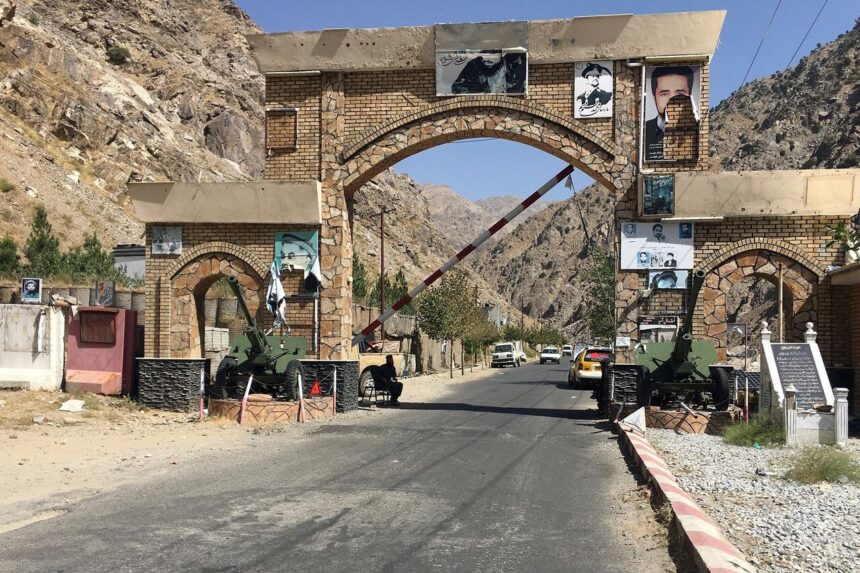RASC News Agency: Alarming revelations from Panjshir Province suggest that the Taliban are orchestrating a systematic campaign of forced displacement and demographic manipulation in a deliberate attempt to erase the region’s ethnic identity. According to local sources, the Taliban are planning to rename the province “Pashtun Valley” (Pashtun Darah), marking a symbolic and strategic move to transform Panjshir from a bastion of anti-Taliban resistance into a restructured enclave aligned with Pashtun dominance. On Wednesday, May 14, sources familiar with the developments told RASC that the Taliban have begun compiling a list of 500 families from each district of Panjshir to be forcibly relocated to Mazar-e Sharif. In their place, Pashtun families are to be resettled part of what appears to be a broader policy of state-sanctioned ethnic substitution. Such moves are not merely administrative changes; they represent the calculated dismantling of Panjshir’s Tajik identity and the imposition of an artificial demographic reality intended to secure Taliban hegemony.
According to multiple eyewitness reports, Taliban authorities have issued eviction notices to residents of several villages including Istaycha, Alok, Dashtak, and Espiana demanding that they vacate their ancestral homes. Prior to these threats, the Taliban had circulated land valuation forms under the guise of property assessment, only to later announce plans to convert these areas into military installations. These coercive tactics amount to a direct assault on the cultural heritage, land rights, and socio-economic security of Panjshir’s indigenous population. Simultaneously, Taliban operatives have reportedly intensified their repression of local civilians, particularly targeting merchants, civil society actors, and young men. Arbitrary detentions, interrogations, and intimidation campaigns have been documented across the province, particularly in commercial centers and local marketplaces tactics widely interpreted as efforts to crush local morale and dismantle resistance networks.
This deliberate campaign to reengineer Panjshir’s demography has ignited deep anxiety both within the province and across Afghanistan. Cultural experts, rights advocates, and community elders warn that the Taliban’s actions constitute a form of cultural cleansing, intended to suppress the historical and political significance of Panjshir as a heartland of Tajik identity and anti-Taliban defiance. These developments are viewed not in isolation, but as part of a wider Taliban strategy to reshape Afghanistan’s northern regions through ethno-political engineering. Moreover, this latest wave of demographic manipulation poses a dangerous precedent for other ethnically diverse regions of Afghanistan. Analysts caution that the Taliban’s endgame is not merely about territorial control but about establishing an ideologically and ethnically homogenous state under Pashtun-Islamist rule. Panjshir, a symbol of resistance stretching back to the Soviet era, stands as the regime’s latest target in its quest for uncontested dominance.
Human rights organizations and international observers are now urgently calling on the global community to intervene. Forced relocation of civilian populations, especially under the threat of violence and without due legal process, constitutes a gross violation of international humanitarian law and may amount to crimes against humanity under the Rome Statute of the International Criminal Court. Unless immediate and coordinated pressure is brought to bear on the Taliban leadership, these acts of cultural and demographic aggression may not only destroy the fabric of Panjshir’s society but also further destabilize an already fractured nation. The international silence surrounding this unfolding crisis risks emboldening the Taliban to replicate such policies elsewhere, deepening ethnic fault lines and escalating Afghanistan’s humanitarian catastrophe.
The world must recognize that what is unfolding in Panjshir is not a localized administrative change it is an existential assault on a people, a history, and a legacy of defiance. And without swift action, the erasure of Panjshir may become a harbinger for the future of all non-Pashtun communities under Taliban rule.






